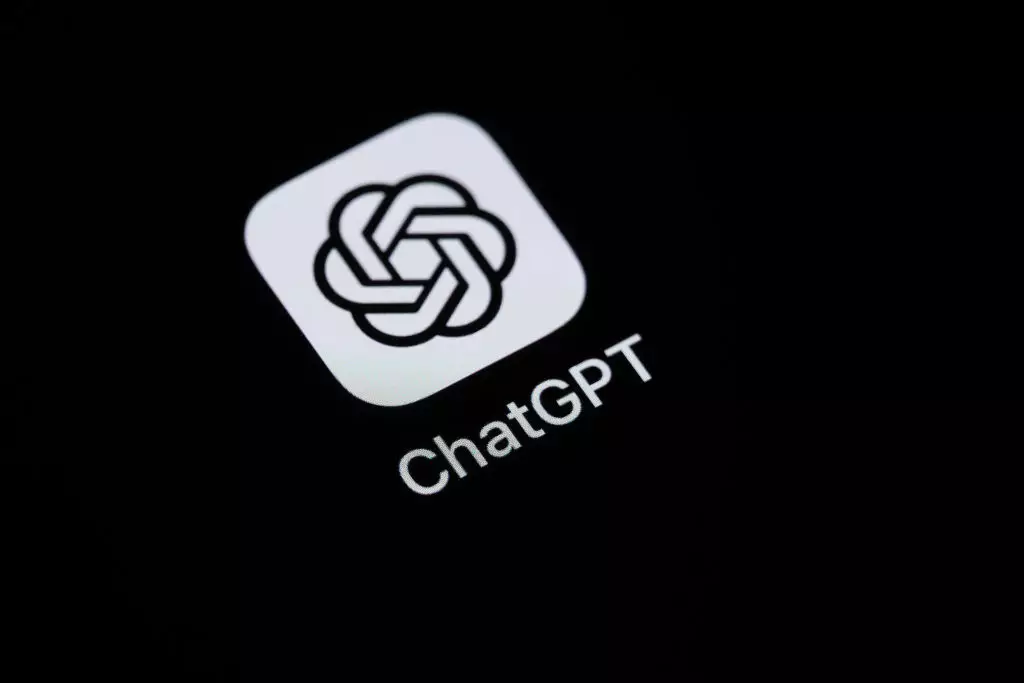In a groundbreaking announcement, OpenAI CEO Sam Altman unveiled the much-anticipated upgrade to ChatGPT’s image-generation capabilities during a livestream. This upgrade heralds the dawn of a new era in which the AI model, powered by the newly minted GPT-4o, can not only generate but also modify images and photos. Until now, ChatGPT was primarily a text-based platform, but the integration of native image generation serves as a pivotal shift, emphasizing the versatility that AI can bring to creative workflows.
GPT-4o’s entry into the realm of image generation is not merely an incremental improvement; it represents a fundamental leap in AI-driven creativity. Positioned as the backbone of OpenAI’s chatbot ecosystem, this model offers enhanced accuracy and detail when generating images—a significant advancement over its predecessor, DALL-E 3. What’s noteworthy is how the model “thinks” longer before presenting results, enabling it to produce richly detailed imagery, which is a game-changer for digital artists, marketers, and social media influencers alike.
Access for All: The Path to Broader Availability
Currently, subscribers to OpenAI’s $200-per-month Pro plan have access to the new features in both ChatGPT and Sora, OpenAI’s innovative video-generation tool. However, the real excitement lies in the upcoming rollout for Plus and free users, alongside developers utilizing the API service. This progressive approach to accessibility reflects OpenAI’s understanding of the importance of democratizing cutting-edge technology. While premium subscriptions provide early access, the gradual rollout ensures that a wider audience can harness these capabilities for creative projects in the near future.
Ethics and Responsibilities in AI Art
Amid these advancements, ethical considerations loom large. OpenAI has been transparent about its training data, which includes publicly available resources and proprietary datasets from partnerships with content platforms like Shutterstock. By training its models in a responsible manner, OpenAI aims to mitigate potential legal woes associated with intellectual property. In a significant move to respect artists’ rights, the company has implemented policies to prevent the duplication of living artists’ works and offers an opt-out form for creators who wish to keep their art off the training datasets. This initiative reflects a growing awareness within the tech community of the ethical implications tied to generative AI.
Moreover, the importance of safeguarding artistic integrity cannot be overstated, particularly as competitors like Google release similar features. While AI can enhance creativity in profound ways, it also poses a risk of diluting original artistry. OpenAI’s commitment to ethical practices is commendable, raising industry standards potentially benefiting not only their products but the creative ecosystem at large.
Competitive Landscape and Future Trajectories
The timing of this upgrade also coincides with the growing buzz around Google’s Gemini 2.0 Flash, which also introduced its own image-generation capabilities. However, the initial reception revealed pitfalls, exposing a lack of safeguards that allowed users to manipulate copyrighted content without restraint. By stark contrast, OpenAI’s proactive measures highlight its commitment to responsible AI deployment. As the competition heats up, the industry will be closely observing how these distinct approaches will impact user experiences and creative freedoms moving forward.
In this dynamic landscape, OpenAI not only aims to push technological boundaries but also seeks to establish a framework that supports both innovation and artistic integrity. With ChatGPT’s upgraded capabilities, the creative community is on the brink of an exciting evolution that could redefine the future of art and design.

